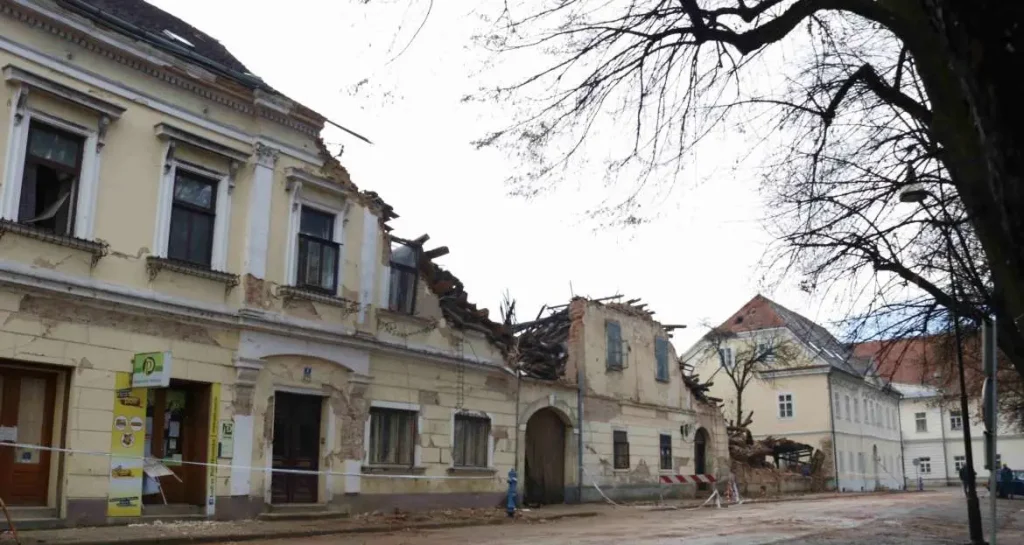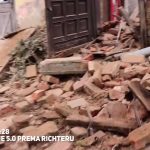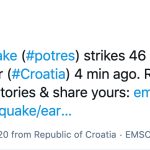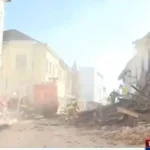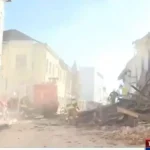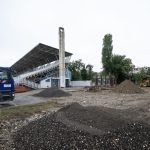During her visit, Capannelli expressed condolences on the deaths caused by the disaster and said she sympathised with local quake victims who also suffered an economic loss due to the quake.
We are here to see the state of affairs in Sisak. The World Bank has been authorised by the Croatian government to prepare a rapid damage estimate, including the estimate of what should be done, and this technical document is being drawn up to serve as the basis for an application for funds from the World Bank. We are working on the project that includes public buildings and schools, the WB official said.
Last week, the WB Director for Croatia and Slovenia visited Petrinja where she held a working meeting with Construction Minister Darko Horvat, who said that the World Bank would be the government’s consultant for the second application for funding from the European Solidarity Fund for the reconstruction of the earthquake-hit parts of Sisak-Moslavina as well as Zagreb and Karlovac counties.
World Bank experts are expected to finalise the job of estimating the damage caused by the quake so that Croatia can apply for funding from this Fund before the deadline on 23 March.
During her stay in Sisak, Capannelli visited a local factory for the production of PVC windows and doors. The owner Tomislav Čubela informed the delegation about the company’s business plan and of the difficulties local entrepreneurs were faced with.
He said that he was aware that in the wake of the disaster, the company would operate at a loss, and expressed hope that the government would help him. Čubela said that he had already informed the Economy Ministry of his intention and efforts to resume production in the factory in Sisak.
Sisak Mayor Kristina Ikić Baniček also informed the WB official of efforts being taken to bring life back to normal after the devastating earthquake.

